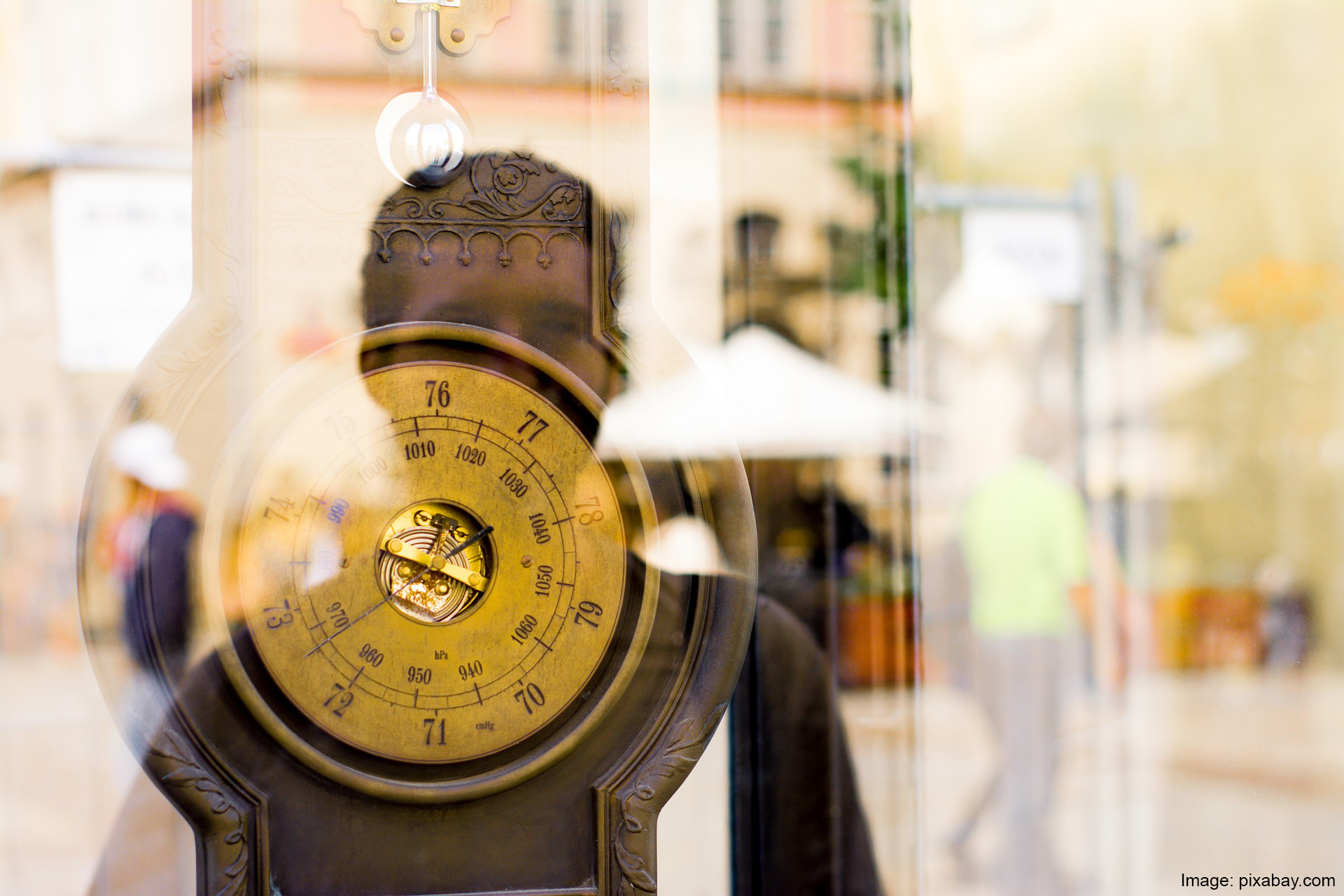
Inequality Barometer: Middle Class - Who Is That?
The survey of the Cluster's Inequality Barometer reveals great degrees of misperception of the amount and distribution of income and wealth inequality: Many of the rich, as well as many members of the lower income groups, falsely assume they belong to the middle class. Nevertheless, respondents would prefer a more egalitarian society, and have a pessimistic outlook on opportunities for social mobility.
The Inequality Barometer is a representative online survey first conducted in Germany in 2020. It examines individual perceptions of different aspects of inequality and social mobility as well as a range of policy preferences related to inequality. The survey consists of a core module of questions that will be repeated in future waves, as well as several additional modules with a changing focus across waves.
The first survey wave was conducted in September 2020 with a sample of 6,000 respondents from the adult population in Germany. The results have been published as the Cluster's Policy Paper 06 and in the form of an academic Working Paper and have found a broad echo.
Results
In terms of marking one's own position in the income distribution, respondents tended to place themselves in the middle, even if they are actually much poorer or richer than average. The richest 10 percent underestimate their position and believe they are at best among the richest 35 percent; the poorest 10 percent estimated on average that they are still above the 25 percent mark.
In Germany, wealth is distributed about three and a half times as unequally as income. Nevertheless, more respondents to the Inequality Barometer called the distribution of incomes problematic than they did that of wealth.
Asked to guess how they perceive the distribution in German society at large, four out of five participants assumed a very unequal society with a majority of poorer people. More than a quarter assumed that the middle class represented the smallest group. Fifty-eight percent of respondents said that in their ideal society, the middle class would be the largest group and there would be comparatively few poor or rich people.
Social mobility is viewed pessimistically overall, but the perceptions of different groups of respondents vary: respondents with lower incomes or lower levels of education are more optimistic. They estimate the probability that children from the lowest income group will find themselves in the highest income group in adulthood at around 10 percent (respondents with high income/education levels expect only about half that). At the same time, they consider it less likely than other respondents that these children will remain in the lowest income group (just over 30 percent compared to over 40 percent among affluent/highly educated respondents).
Perceptions of income inequality and mobility opportunities vary by region. Respondents in eastern Germany perceive income inequality as more problematic. There is no clear east-west difference in perceptions of mobility opportunities.
Recurring survey
The second survey wave of the Inequality Barometer is in preparation. It is planned to take place in September 2022.
